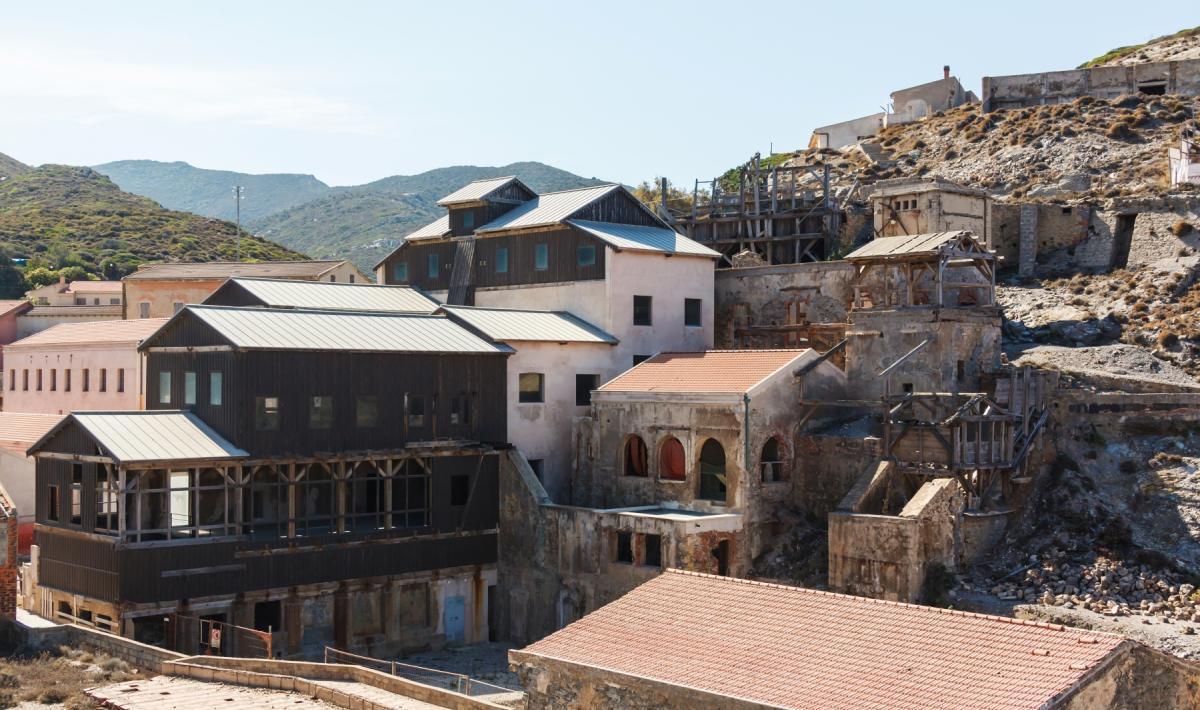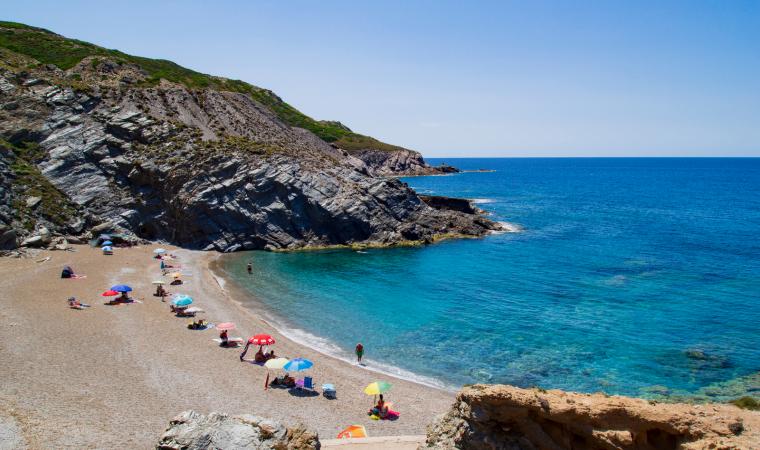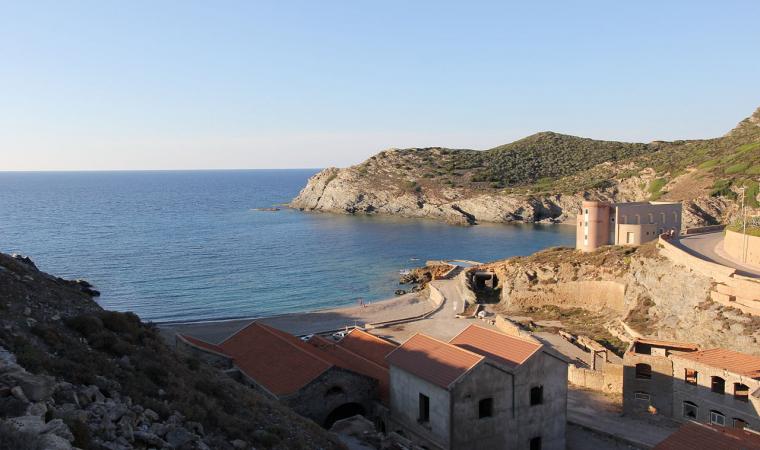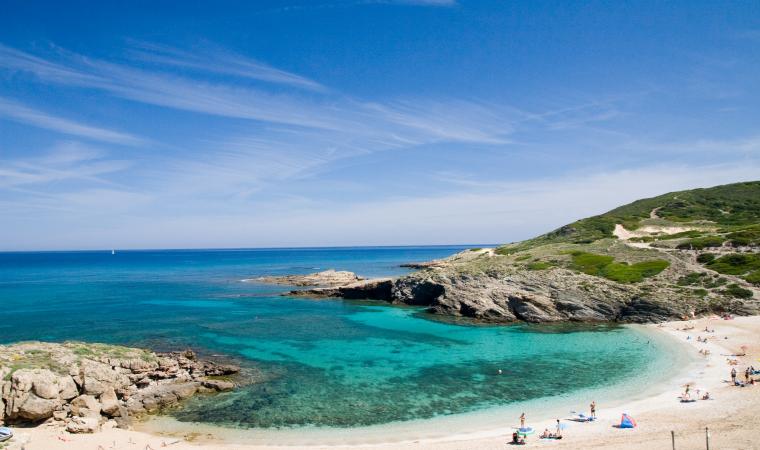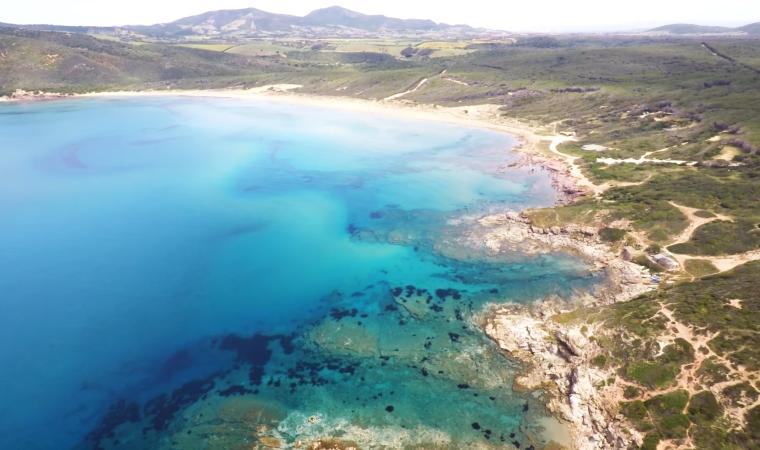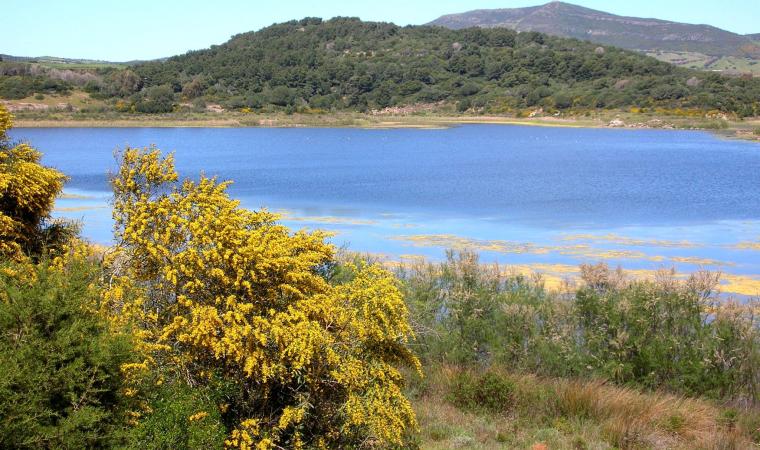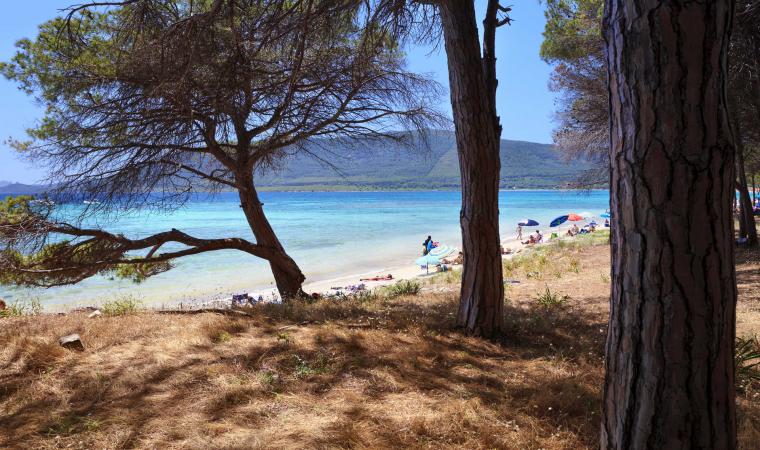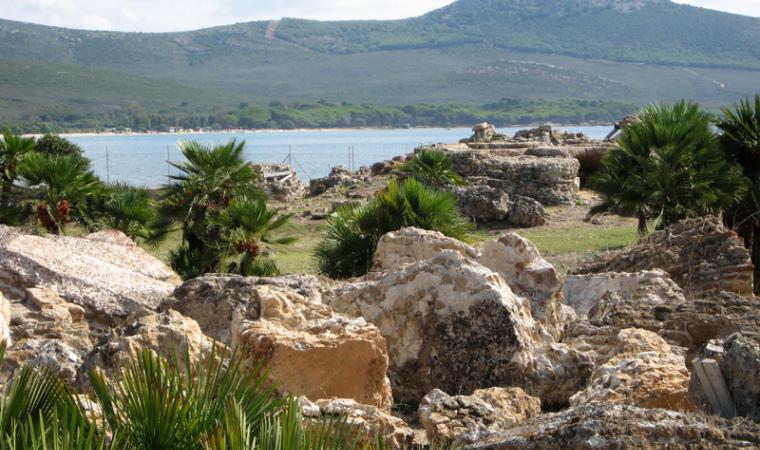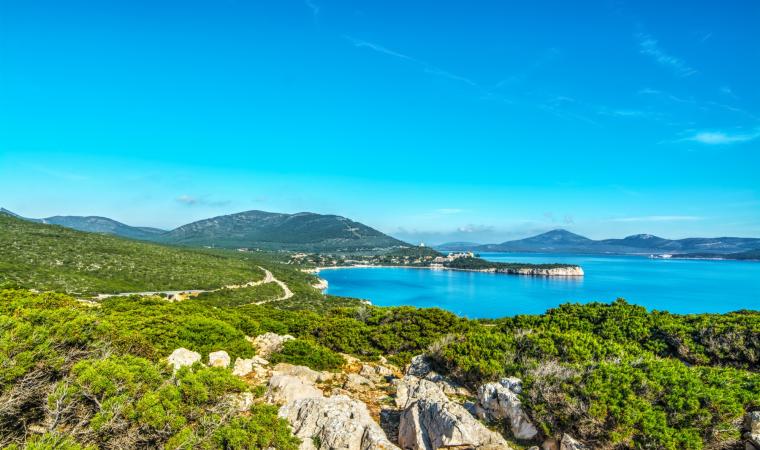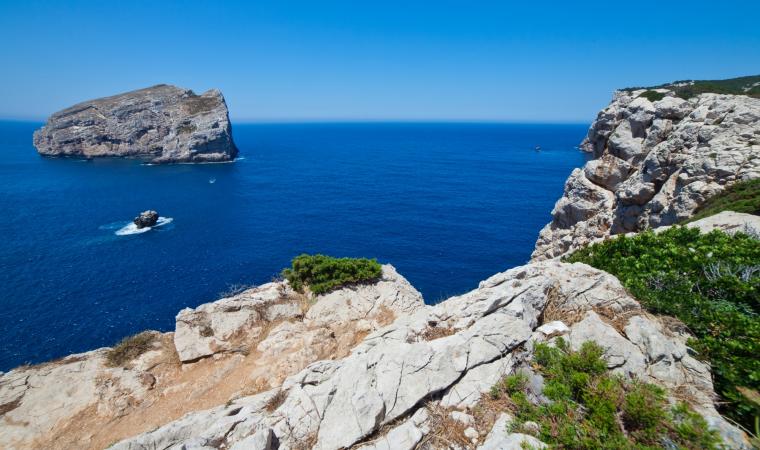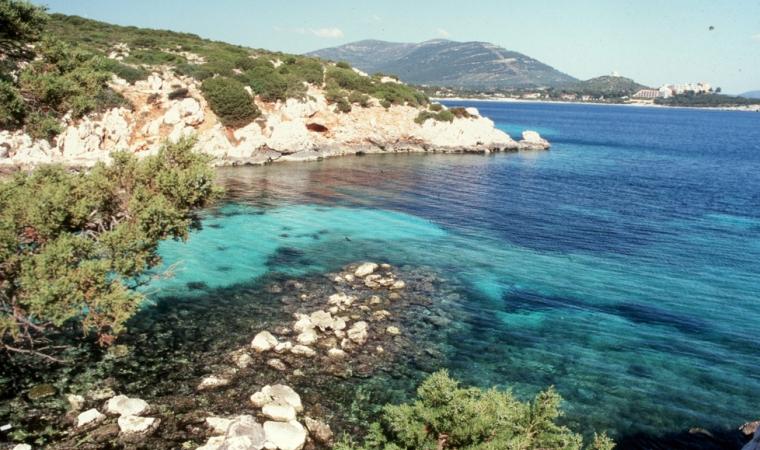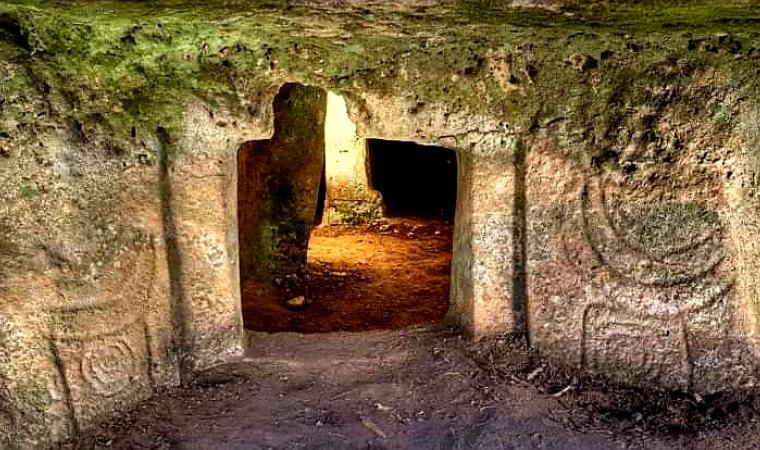The mysterious and magnetic atmosphere of a place where time stands still, the deafening silence of a beautiful coastal town that is never crowded and the previously unknown story of a fascinating industrial archaeological site. Open Mar-Mine Argentiera is the first open air mining museum, a fundamental ‘engine’ for the regeneration and enhancement of what was once the most productive mining settlement in the north of the Island, currently part of the Geo-mining Park of Sardinia and a World Heritage Site recognised by UNESCO, as well as the mining village that emerged around it, now a village populated by a few farming families (70 residents).
After the questionable attempts, which failed, at the end of the 1970s, to turn the ruins of Argentiera into a tourist village and the more recent urban redevelopment and safety measures for the plants, it is now up to the Open Mar project to indicate the way for the protection and redevelopment of the current hamlet of Sassari - which is 43 kilometres away along state road SS 291 and provincial road SP 18 -, set between sheer silver cliffs above the turquoise sea, halfway between Alghero and Stintino. Once the historic mining period was over, the ruins of the industrial activity, mixed in among the new buildings and surrounded by wild nature, became an integral part of the environment, making the setting even more fascinating.
In the museum, historical memory and mining identity meet art and innovation. It was officially inaugurated in May 2019 by a tour of artists and digital creativity professionals. During a two-week stay in the village, they discovered the history of the place first hand. Thanks to the involvement of the local community, they created four physical works in paste up art, connected to the same number of digital animation works. A fifth installation was made by inhabitants and visitors of the hamlet. An artistic journey tells the story of the former mine, which exploited rich deposits of silver-bearing lead and zinc, known since ancient times and always utilised, even though the mining activity officially began in 1867 and lasted exactly one century. A story studded with success but also with misfortune, with legends linked to them about the souls of miners buried alive in the tunnels.
The itinerary will allow you to experience the most significant places in the village and the mining plants, in open and closed spaces. The exhibition is in continuous development, conceived to grow over time. The first stop is at the premises of the old, recently restored washery, where a display has been set up: in the place where, for decades, women and children separated the good parts of the minerals from the scrap using their bare hands, historical photographs, lamps, pickaxes, shovels, baskets, clothing and old publications are now on show. The tour descends from the little church of Santa Barbara along a beautiful terraced flight of steps to the central square, where a literary festival takes place in July. It then winds along the symbolic places, populated by large installations, designed to reveal a further story, thanks to augmented reality. Argentiera in augmented reality is the most original part of the itinerary: in order to enjoy the works, identify them on the map and, using a tablet or smartphone, scan the posters of them on the buildings: thanks to the app created ad hoc, you will see them come alive and bring the digital work to life. As you walk through the ruins, you will be filled with emotion and energy emanated by the buildings.

